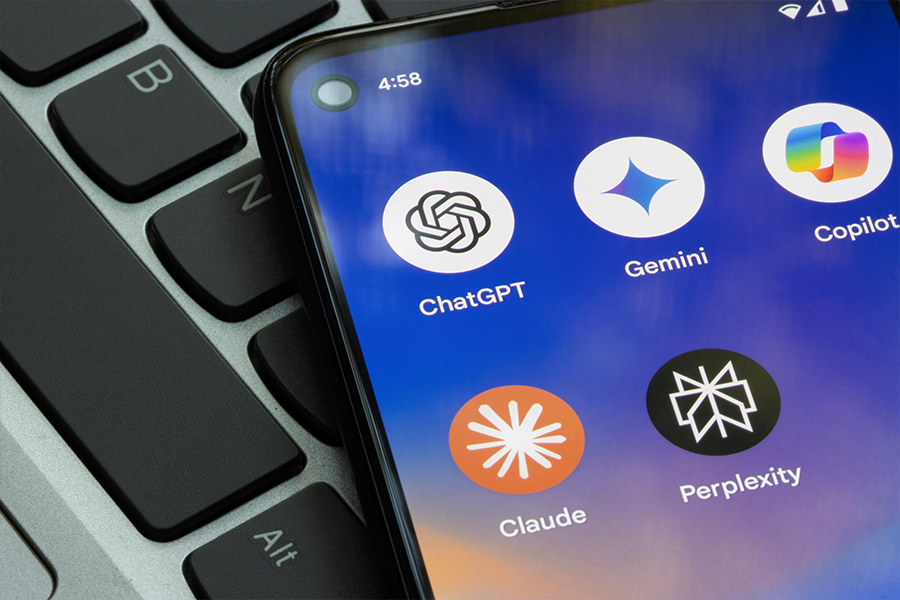If you’re using AI for marketing translation, you’re risking your brand and your reputation Once on a family holiday to New York, we took a tour of the United Nations. I remember a cathedral-like atrium and the sense that important things were being done, but what really stayed with me was the UN interpreters’ room.
It had a filmic, ’80s sci-fi quality — a sound insulated booth with a panoramic view of the cavernous assembly hall. Sat inside was a group of highly focused professionals arranged in descending rows that reminded me of NASA mission-control. A speech was underway, and they were all speaking into small microphones attached to diode-lit dashboards. We watched quietly while delegates on the floor listened to their designated interpreter’s live translation via headset.
It was very high-tech for its time, but the essential operation was all human.
Then and now, translation meant more than just converting words and phrases from one language to another, it required deciphering, contextualising and reading between the lines. What the UN interpreters delivered wasn’t so much a live transcript as a cultural and linguistic localisation.
Today’s AI translation tools are an improvement on what came before, but can marketers really rely on them?
This localisation put the delegates listening to the speech in a much better position to understand the nuances, allusions, metaphors and double entendres that might have been lost in a mere transposition of words. They gained a fullness of meaning that allowed them to better guide their government’s diplomatic responses.
Brands, with thousands, millions — even billions of pounds on the line, deserve to have their communications treated with the same respect. A chorus of tech enthusiasts is now telling us that they can provide accurate, high-quality translations quickly and easily, thanks to the arrival of AI.
Translation by machine isn’t new. Who can forget the early iterations of Google Translate and its endless list of fails? Today we have Deepl, ChatGPT, Wordly, the newer/smarter version of Google Translate, and a host of others. They all claim to use neural networks, machine learning and large language models (LLMs) to replicate what a professional translator takes years to master.
There’s no doubt that they’re better than what came before, but should marketers really rely on them? Can advanced software accurately deliver a brand’s intended meanings or emotional responses from one cultural context to another?
The short answer is no, at least for now — and here’s why.
AI fails to understand subtext
Whether it’s textual or verbal, communication between two parties always involves more than factual statements and logical responses. Humans infuse their interactions with sarcasm, irony, pathos and other devices that add hidden layers of meaning a machine might miss.
Sometimes these happen by simply changing the emphasis on a word or juxtaposing an image in a certain way against another. In a media-obsessed world, people also speak with an awareness of the current zeitgeist and its catch phrases and pop-culture references.
Maybe an AI will recognise a popular internet meme, but will it understand how to reference it in a sales nurture — or know if it’s even appropriate in a different cultural setting?
Worried your key messages are being lost in translation? Ask about Pure Content’s localisation service. It’s more than word-to-word conversion. We’ll ensure your quality, tone of voice and meaning are all intact. Contact us today.



